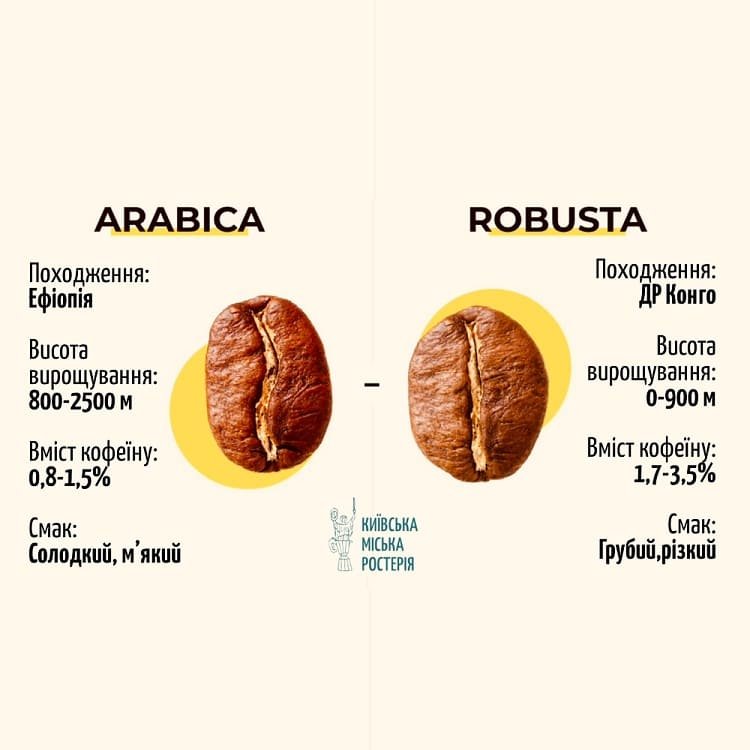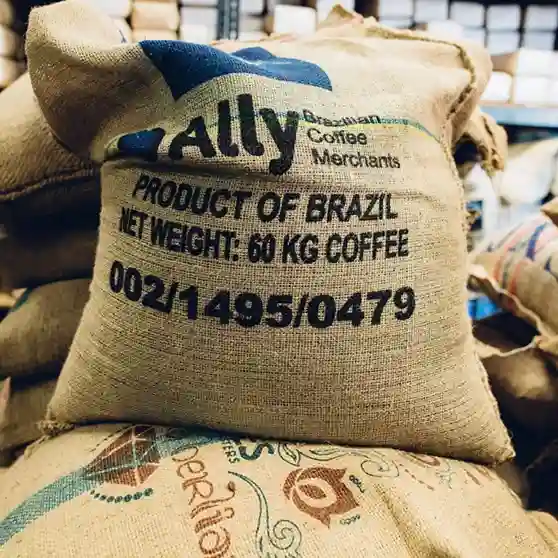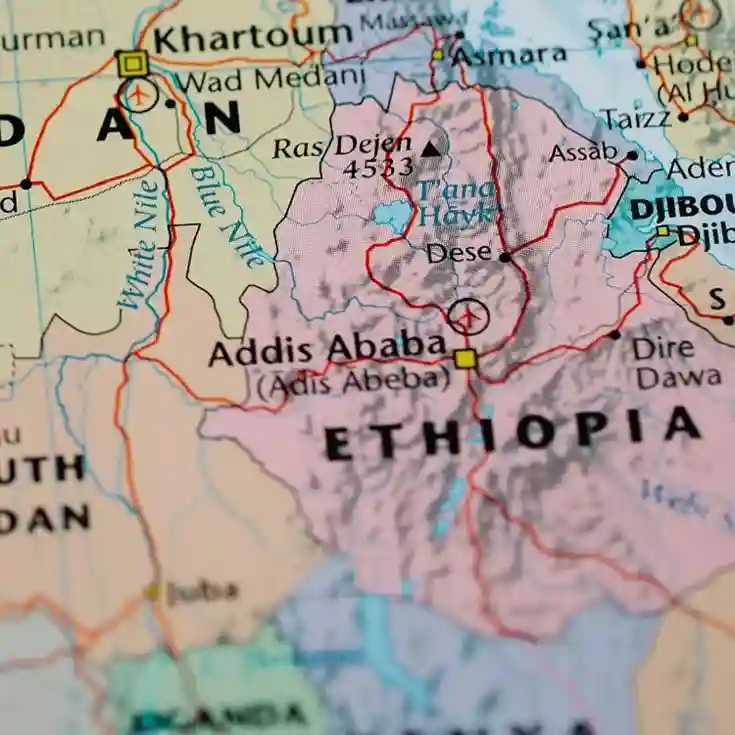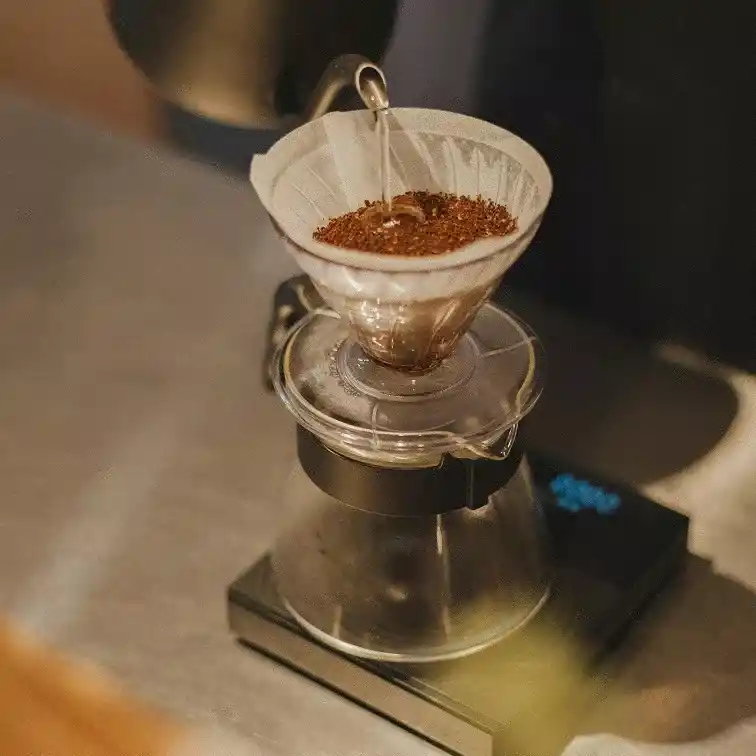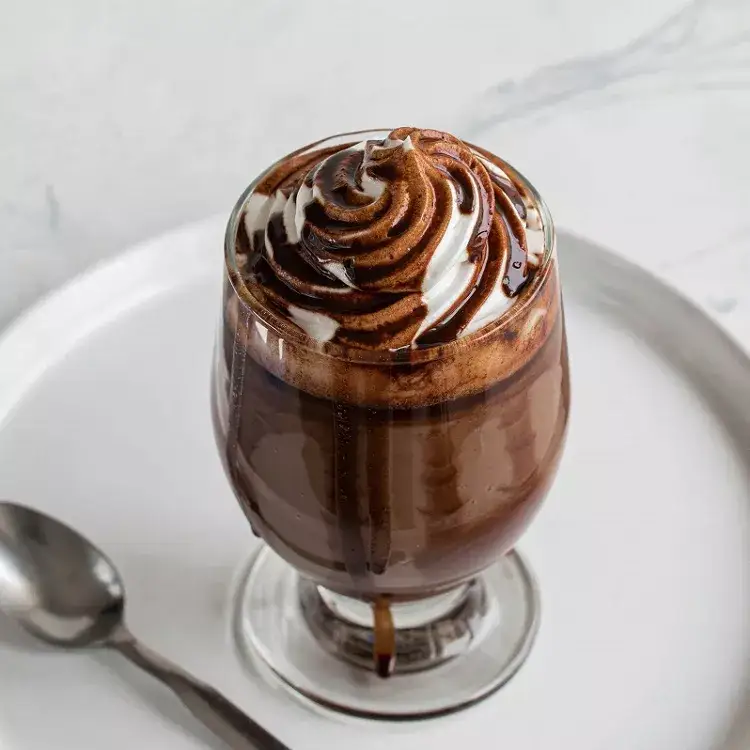Learn about the main differences between Arabica and Robusta coffee: taste, aroma, caffeine content, cultivation features and use in the coffee industry. A comparison of the two most popular coffee varieties for true coffee connoisseurs.
Origin and Geography of Cultivation
The two most popular types of coffee in the world are arabica and robusta.
Arabica originates from Ethiopia . It began to spread throughout the world in the 15th century. Robusta appeared much later in the tropical regions of West and Central Africa.
Arabica requires good soil, grows in high-altitude regions with regular rainfall, and is relatively cool. It is grown in Central and South America, Brazil, Colombia, and Costa Rica.
The less demanding Robusta is grown in arid Africa, India and Vietnam.
Botanical Characteristics
Arabica has light-colored leaves, reaches 5 meters in height, needs space to grow, and is often grown on large plantations in mountainous areas.
Robusta is usually 1.5-2 meters tall. It tolerates dense plantings better and is easier to handle. Robusta leaves are wider and thicker, and are dark green. This allows it to withstand adverse climatic conditions.
Arabica beans are larger, oval in shape, with a smooth surface. Robustas are smaller, denser, with a pronounced central line.
Arabica has 44 chromosomes. It is genetically more complex and sensitive.
There are only 22 Robusta varieties, which provide it with greater resistance to diseases and pests, and hot climates.
Taste characteristics
Arabica is valued for its mild flavor with fruity and floral notes. It is the only type that tastes good in its pure form, without impurities or the addition of others.
Robusta flavor with bitterness, hints of chocolate and woody notes.
It has a bitter smell and a long aftertaste, which is why it can significantly enrich the coffee profile.
Chemical Composition and Benefits
Coffee helps improve cognitive function, increases concentration, and improves mood.
Robusta contains about twice as much caffeine as Arabica. Accordingly, it stimulates the central nervous system much more strongly, and its consumption should be controlled.
Both types are rich in antioxidants, particularly chlorogenic acids, B vitamins, and minerals such as magnesium, potassium, and iron. However, Arabica is richer in beneficial compounds.
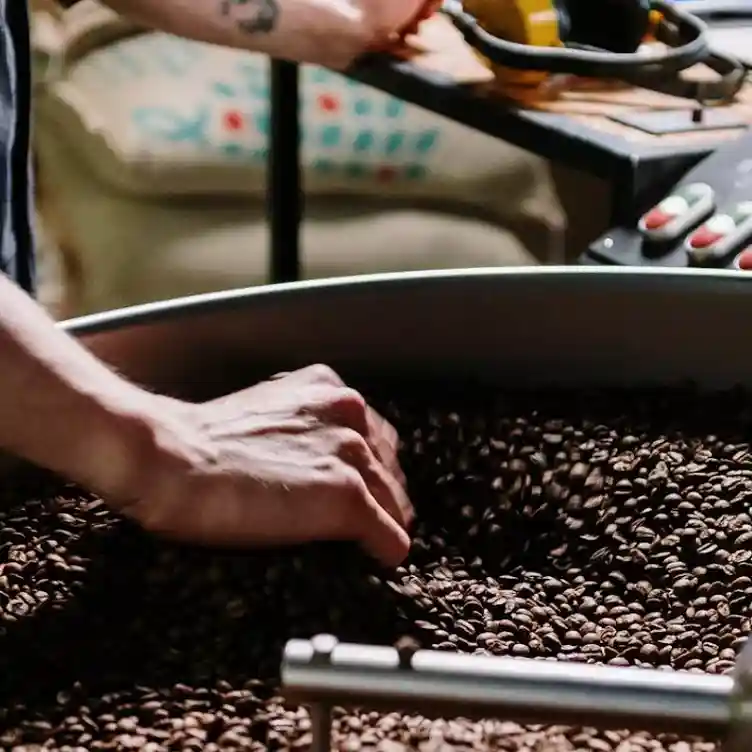
Economic Aspects
Climatic conditions and the availability of land for growing the plant have a great influence on its price.
Arabica is more demanding, requires more resources, specialized equipment, and technology. Processing the grain is also more complicated.
Robusta’s high yield and ease of processing make it more accessible and ideal for mass production.
The demand for Arabica is higher, with its delicate taste chosen by approximately 70% of coffee lovers.
Robusta is chosen by those who appreciate a stronger drink or add milk. It is more often used in blends or as a raw material for instant coffee.
Application in the Coffee Industry
Roasting Arabica requires precise control of temperature and time to preserve all the flavors and aromas. Pourover, French press and espresso best reveal the properties of Arabica beans.
Robusta requires higher roasting temperatures due to its denser structure. The beans are typically roasted to a medium or dark level to reduce bitterness, enhance the rich flavor, and provide a creamy texture. Robusta is added to Arabica to provide texture and creaminess to the finished beverage.
Espresso or mocha pot perfectly reveals its characteristic bitterness and richness. These methods create a stable foam.
Blends of Arabica and Robusta , that is, a combination of these two varieties of coffee in different proportions, allows you to combine the best properties of each of them, creating a variety of flavor profiles.
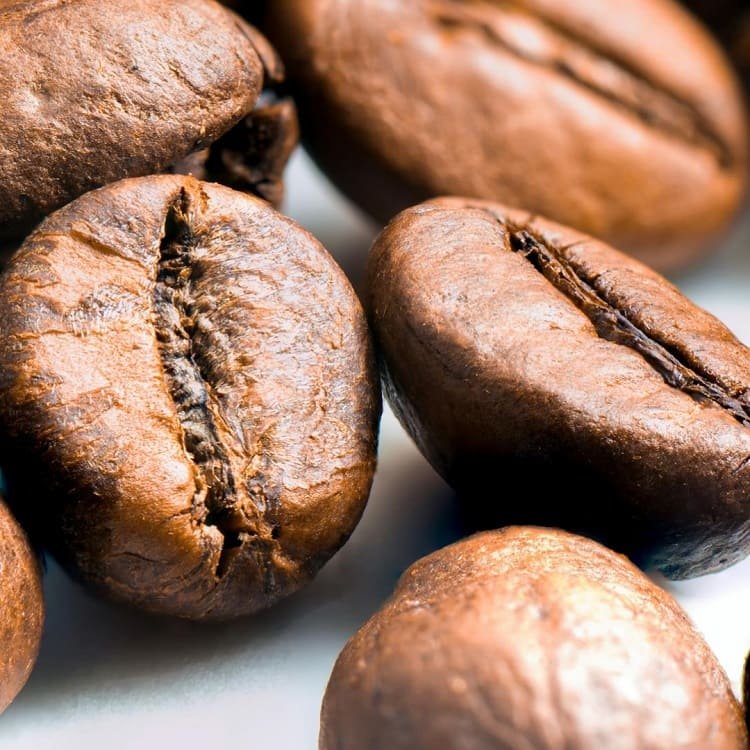
In the photo: roasted robusta beans.
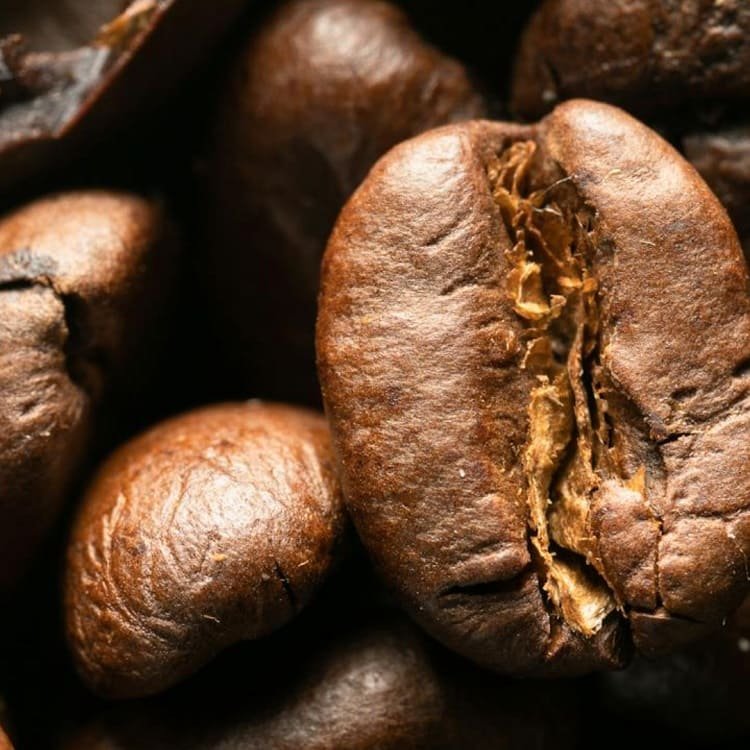
In the photo: roasted arabica beans.
Choosing Coffee: Practical Recommendations
The choice depends on personal taste preferences. Lovers of a mild fruity taste will like Arabica. Robusta is the choice of those who appreciate richness and a more bitter taste, and need a powerful boost of energy.
The barista’s favorite proportion for a balanced espresso profile is 70-80% Arabica and 20-30% Robusta .
It’s important to experiment. The slightest difference in parameters (temperature, time, proportion) can significantly affect the taste and aroma of the finished drink.
Alternative Varieties
Varieties such as Liberica, Excelsa, and Stenophila are not widely available on the market due to their high cost due to difficult growing and processing conditions.
There are hybrid varieties of Arabica and Robusta. Some have appeared due to natural crossing, others have been bred by breeders. They open up new horizons for producers, allowing them to create varieties that combine the best properties of both species: yield, resistance, adaptability, balance of taste and strength.
Exotic coffee varieties are the most expensive due to limited availability, difficulty in growing, processing, and exceptional flavor profile.
Among the most famous:
Kopi Luwak . Coffee berries are eaten by civets (small carnivores), then pass through their digestive tract. After that, the berries are harvested, cleaned, and roasted.
Hawaiian Kona Coffee . Grown on the volcanic slopes of the Hawaiian Islands.
Conclusion
Arabica or Robusta? Different in origin, taste, chemical composition, and application, they have their own advantages and connoisseurs. The choice depends on individual preferences.
My personal preferences are formed from nine years of experience working with the taste of the product. And the taste is more interesting and multifaceted in Arabica. If we talk about countries, I can single out the TOP 3 countries: Colombia, Ethiopia and Kenya. The most favorite at the moment is Colombia, because coffee from Colombia has a very high quality of raw materials, many progressive farmers who, by experimenting, develop an incredible taste experience that distinguishes their coffee from others.
And proof of this is that for the last 5 years, coffee from Colombia has consistently become a prize winner at the world barista championships.
